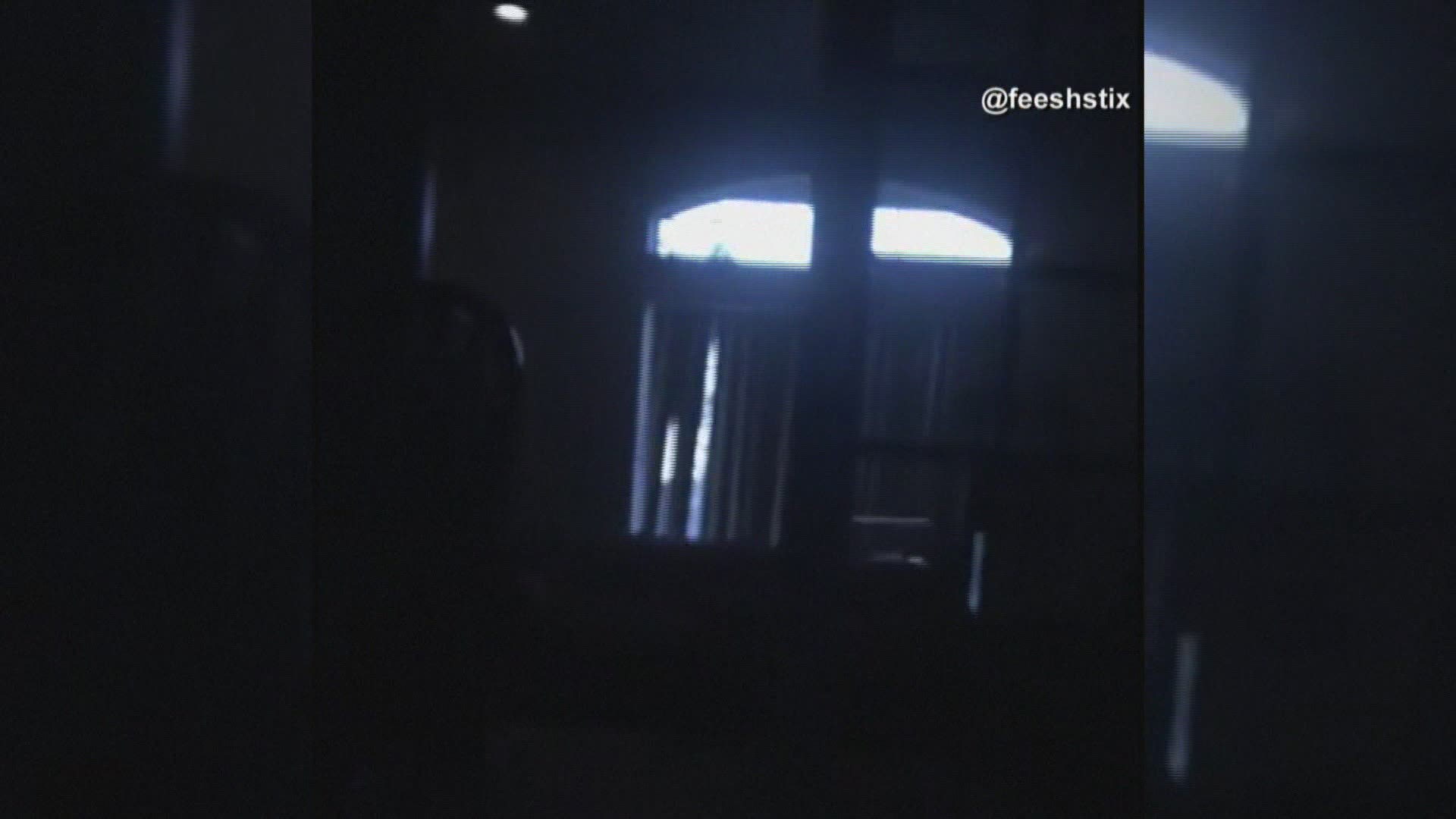Ridgecrest, California was hit with a magnitude 6.4 earthquake on the morning of July 4, followed by a magnitude 7.1 quake in the same area on July 5.
Despite being 125 miles from the epicenter, people in Los Angeles felt long-lasting shaking. This is because of something called “basin effects” — and Seattle should take note, since most of the city is built on what’s known as the Seattle Basin.
Dr. Erin Wirth, a geophysicist with the United States Geological Survey based in Seattle, explains the basin effect, “It’s like if you have a bowl of jello, and you move it, the jello will move a lot more than the bowl and it will bounce off the sides.”
When seismic waves travel through solid bedrock, and then hit weaker sedimentary rocks like those in the Seattle Basin, the weaker rocks and sediments in the basin can amplify the waves, making them larger and longer lasting.
Dr. Julian Lozos, a Professor of Geology at California State University, Northridge, was at a restaurant with friends in downtown Los Angeles when the 7.1 earthquake struck. “We were talking about the 6.4 from the day before, and then we started to feel shaking.”
Lozos said that while he didn’t check the time, there were at least 30 seconds of shaking, possibly up to a minute. Then he noticed that even though he couldn’t feel it any more, the hanging lights in the restaurant continued to sway for at least another minute before starting to slow down.
“The more I thought about it, the more it became a terrifying example of how a basin reacts to earthquakes,” Lozos said. “It's one thing to tell a class how basins amplify and prolong shaking. But watching those lights shake for so long puts that all in a different light.”
Understanding how that shaking changes in a basin is particularly important for tall buildings, according to Dr. Marc Eberhard of the Civil and Environmental Engineering Department at University of Washington.
“If you shake it really fast, it doesn’t do as much,” Eberhard explained. “But if it slows down like it does in a basin, those tall buildings can start to move back and forth.”
A recent study by Eberhard and others looked at the impacts of the Seattle, Tacoma, and Everett basins on earthquake shaking and tall buildings.
“It’s not good news if you’re in a tall building that wasn’t designed for that effect,” Eberhard adds.
Wirth, Eberhard, and other scientists working on the “M9 Project" at the University of Washington have published several studies this year after doing 50 computer simulations of “The Big One,” a magnitude 9 earthquake likely to happen on the Cascadia Subduction Zone.
“We knew that basins amplify shaking, but this helped us quantify that. The impact was greater than we thought,” said Wirth of the study’s conclusions.
In their simulations of the earthquake, they explored a wide range of possible scenarios, changing where the earthquake starts and how it ruptures along the Cascadia megathrust fault. Wirth noted that the City of Seattle updated its building design codes in December 2018 to account for the increased shaking estimates.
While we can learn lessons from the Los Angeles basin, the two regions are “different animals” according to Dr. Harold Tobin, Director of the Pacific Northwest Seismic Network. He explains that Los Angeles has a shallow basin with loose sediments, while Seattle has a much deeper basin with sedimentary rocks — not quite as “loose” as those in Los Angeles.
Tobin explained that while distance to an earthquake is the most basic way to estimate shaking intensity, there are many other factors that complicate the story — basin effects and rupture direction are two big factors.
“It can be different from block to block,” Tobin explained. “Some parts of Seattle will feel it more than others.”
In order to get a better picture of those details, ongoing studies aim to make detailed measurements about the structure of the basin. Just this summer, scientists have been installing seismometers in people’s basements as part of that effort.
Laura Fattaruso is KING 5's 2019 Summer Science Fellow, a graduate student from the University of Massachusetts-Amherst.



